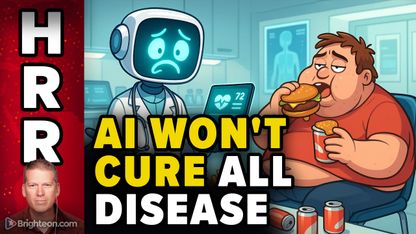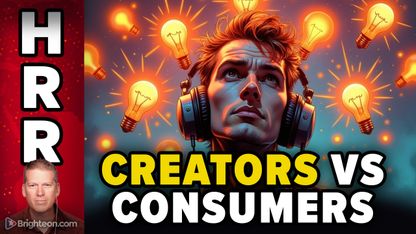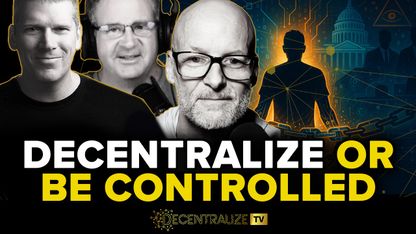
The analysis done by Investopedia, the first-ever calculated cost of the American Dream, was based on the assumed U.S. median income of $74,580. It found that many of the American Dream's aspects have reached historic highs due to soaring inflation. In turn, this has triggered an alarming situation where the cost of basic needs like health insurance, home ownership, vehicle ownership, education and raising a family has escalated beyond the means of the average household.
For instance, an average homebuyer is expected to shell out $796,998 as a 10 percent down payment with a 30-year fixed loan at a 7.2 percent interest rate to afford a home. The cost of car ownership has also surged to an estimated $271,33o over a lifetime. The rising cost of healthcare also burdens households, reaching a staggering $934,752 – based on a $23,968 average annual premium for family coverage over 39 years. (Related: Americans need to make $11,400 more today to maintain the same standard of living they had in 2021.)
Investopedia also cited a separate analysis by the wedding planning website The Knot, which focused on the costs of marriage and building a family of four. A typical wedding ceremony now costs $35,800, and that's just the start. The financial burden also escalates as the married couple starts a family.
The out-of-pocket cost for a hospital birth averages $5,708 for two children, and raising them costs $576,896, excluding the expenses associated with college tuition. With education costs on the rise, sending two kids to an in-state, four-year school will add an average of $42,070, covering tuition as well as room and board.
Even owning a pet contributes to the financial strain on households. Caring for a dog and a cat over 15 years can set a typical U.S. household back a substantial $67,935. Retirement, a crucial element of the American Dream, demands an estimated $715,968 for a comfortable post-work life – living off 80 percent of pre-retirement income.
Inflation leaves 61% of Americans living paycheck to paycheck
The jaw-dropping costs of achieving the American Dream have caused many to reconsider their life goals and financial priorities. Many Americans are now struggling to bridge the gap between aspirations and financial reality, as attested by a July study conducted by the financial services company Lending Club.
According to the study, 61 percent of Americans are now living paycheck to paycheck. This marks a two percent increase in the number of people barely making ends meet, from 59 percent during the same month in 2022.
The Lending Club study also noted that the cost of dining out, attending live events and purchasing essential items – such as toys, clothes and prescription drugs – adds to the financial strain on American households.
Dishes with beef and veal in the ingredients increased by 11 percent. Enjoying a beer at a bar or restaurant saw a four percent spike, while clothing and footwear prices surged by more than 2.4 percent. Children's clothing also experienced a substantial 5.4 percent increase.
Healthcare costs have also witnessed a notable uptick, with pharmaceutical costs increasing by 3.4 percent, prescription drugs by 2.8 percent and dental costs by 5.3 percent. The price of gasoline has also increased by 60 cents since the beginning of the year.
Given that the government declared that there has been a 17 percent increase in inflation since January 2021, compared to the 13.6 percent rise in the average hourly rate for workers, consumers continue to feel the impact of inflation while impeding their American Dream.
"While everyone's idea of the so-called 'American Dream' is unique, the rising cost of everything a family might reasonably want and need to afford...continues to put that dream further out of reach for most households," said Investopedia Editor-In-Chief Caleb Silver.
Visit Collapse.news for more news about the declining state of the American economy.
Watch this video about why inflation is killing millennials.
This video is from the World Alternative Media channel on Brighteon.com.
More related stories:
6 out of 10 Americans still living paycheck to paycheck despite spending cutbacks.
Inflation, cost-of-living crisis crushing Generations Y and Z.
Wealthy shoppers now embracing discount stores amid worsening FOOD INFLATION.
Sources include:
Please contact us for more information.





















